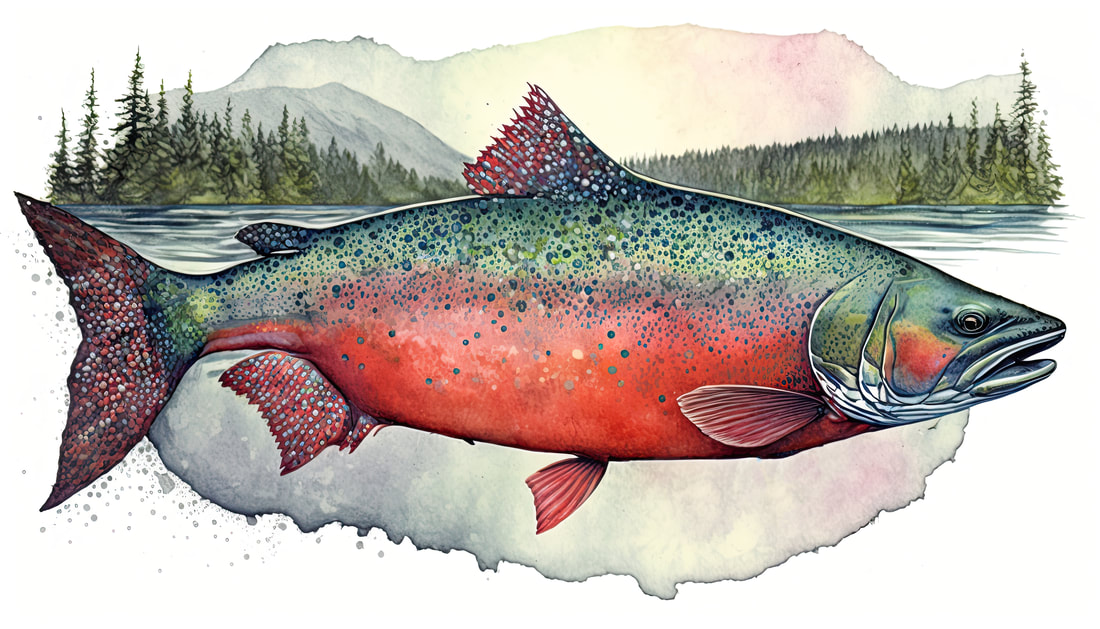|
Over a 10-year period ending in 2018 in Nome, Alaska, there were 432 reports of sexual assault. Of those, Nome Police made 45 arrests and there have so far been even fewer convictions as some Alaska Native survivors say those statistics don’t surprise them and that law enforcement has prioritized other crimes, but not sexual assault – especially when survivors are Native, reports Native News Online.
A National Native News analysis of Nome’s 300-plus sexual assault cases reported between 2010 and 2017 shows that only 25 of them went to court. The majority of those sexual assault cases involved Alaska Native women. Nearly 65 percent of Nome’s population of roughly 3,700 is Alaska Native. Bertha Koweluk runs Bering Sea Women’s Group, the regional shelter for victims of domestic violence who are sometimes also victims of sexual assault, and argues historical trauma creates a different reality for Alaska Natives in Nome where longstanding distrust of law enforcement within the Native community, rooted in unfair treatment, or the perception of unfair treatment, for generations, leads people to be less likely to report crimes. Nome police chief Mike Heintzelman says there’s some indication that the department’s recent efforts to build trust with the community might be working: at the end of 2020, over 120 sexual assault cases had been reported. He says almost all of those cases involved Alaska Native perpetrators and Alaska Native survivors. However, data show numerous sexual assault cases were unresolved and piling up at the department over the last few years until 2018. That fall, then-Police Chief Bob Estes started an audit of 460 cases dating back to 2005. Estes left the department a year later with the case-audit still in progress and to this day it is still not completed. A report made two years ago to the Alaska Legislature by Alaska’s Criminal Justice Commission states that in 2017, the per-capita rate of sexual violence incidents reported to law enforcement was 106 percent greater in Western Alaska than the statewide rate. Western Alaska’s rates were the highest of any geographic region in the state, including urban areas. In the same report, a third of women in Alaska reported experiencing sexual violence in their lifetime. In 2015 alone, 2.9 percent (an estimated 7,136 women) reported experiencing sexual violence that year, and the report emphasizes that the actual number of incidents involving sexual violence is most likely higher than what was reported. The region’s single district attorney, John Earthman, said that the specifics of how consent is defined in Alaska law makes sexual assaults very difficult to prosecute, especially when alcohol is involved. According to state statute (AS 11. 41. 410), the burden of proof is on Earthman to show the offender used force, implied or otherwise, to have sex with the victim and that the accused was mentally aware they didn’t have consent from the victim. As a result, only roughly 9 percent percent of the 1,352 reported felony level sex offenses in Alaska in 2015 ended in a conviction for a sex offense. According to a survey published by the Urban Indian Health Institute in 2018, the risk of rape or sexual assault is 2.5 times higher for Native women than the rest of the United States.
0 Comments
Leave a Reply. |
HISTORY
April 2024
Categories |
© Walk 4 Change. All rights reserved.


 RSS Feed
RSS Feed